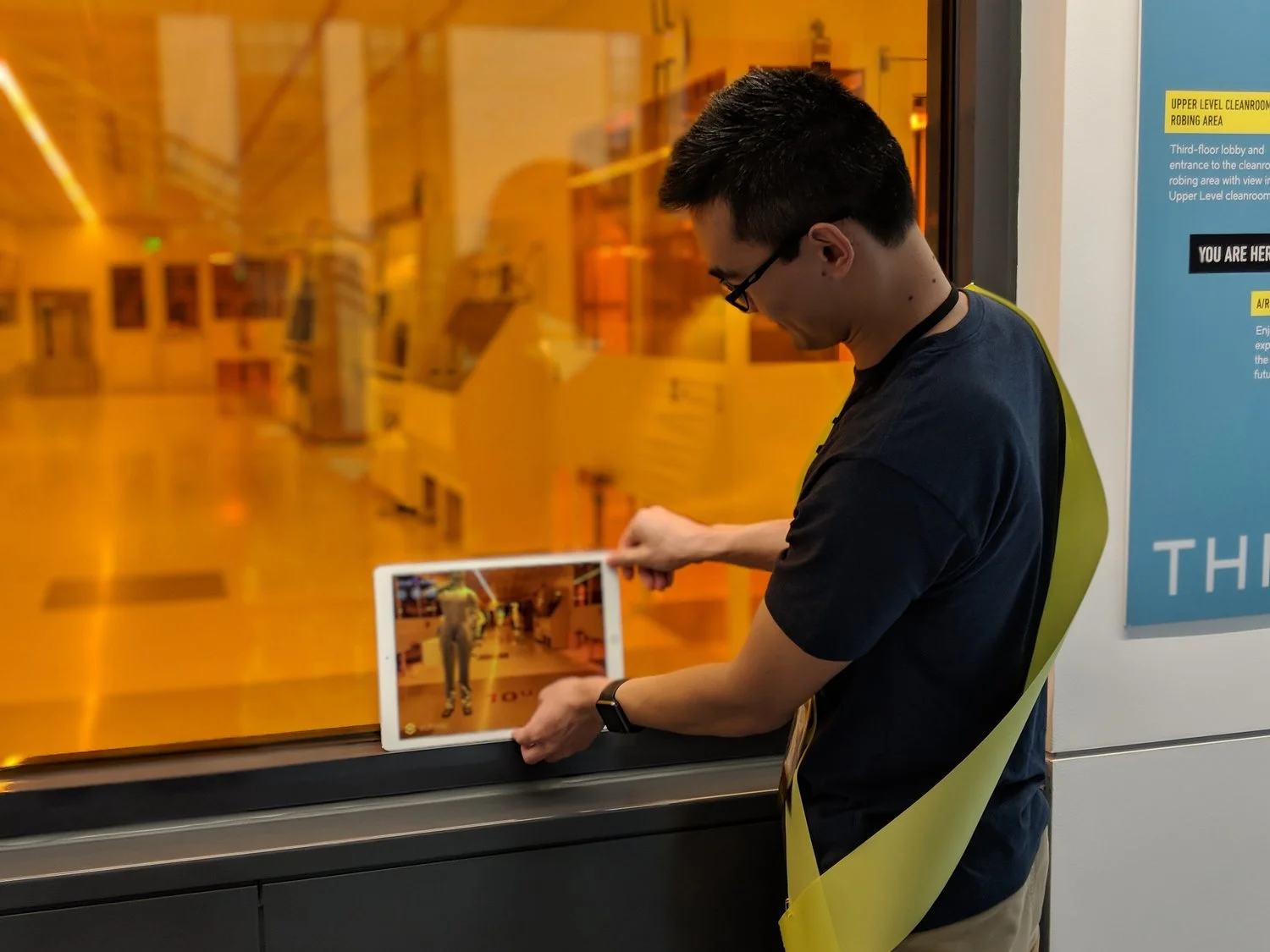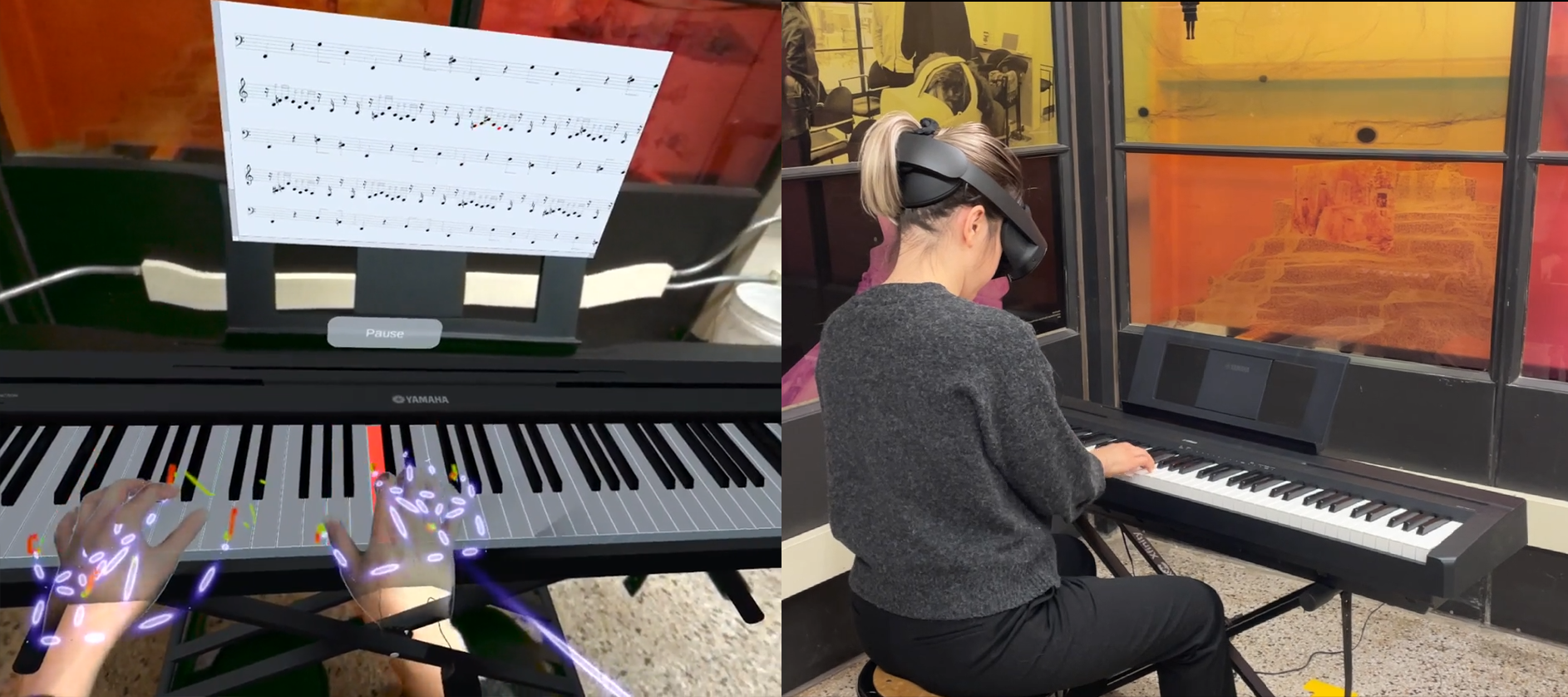A Hand-Motion Based Tool for Conceptual Model Making in Architecture
ITU Thesis, 2011
Using sketch models in the early phases of architectural design process enables designers to think about the body-object relations and three dimensional evaluation, enriching the design environment by providing a spatial perception including visual, haptic and kinesthetic interactions. Spreading through the acceleration and unification of the production processes, the digitization of the conceptual phases of architectural design brings about the question of how the benefits of working with hands can be transferred to the digital realm. Today’s technology points out that hand motions can be transferred into and processed in the digital platform and can provide a base for extending the digital design process with this aspect. Many researches show that the three dimensional perception supports the visual perception and strengthens the creativity. Depending on this fact, we assume that the physical model making supports design processes. In our research, we aim to sustain this support in different design environments and study the transfer of the hand motions used in the physical model making processes and use in the digital design environments. We show the results from the observations taken from the conceptual model making processes and analyze the actions involved in these processes as the first step of the research. Depending on this observations we classify the actions according to the main characteristics of the hand motions and propose a recognition schema to be processed in the digital platform. Following the analysis and the classification of the hand motions used in the model making process we aim on translating these hand motions into the digital platform. We discuss the technologies and methods used for hand motion capturing and recognition, and develop a design environment utilizing the hand motions used in the model making processes. We finalize our approach by presenting a set of algorithms for the object deformations conducted with the hand motions. Finally, we test the design environment and discuss the results.










![Temporality in [Computational] Making](https://images.squarespace-cdn.com/content/v1/5c17f4e64cde7a6fd5e411b5/1545796425387-TE4VCVSSRWL2C79SJ0MC/CMTEMP2.jpg)

